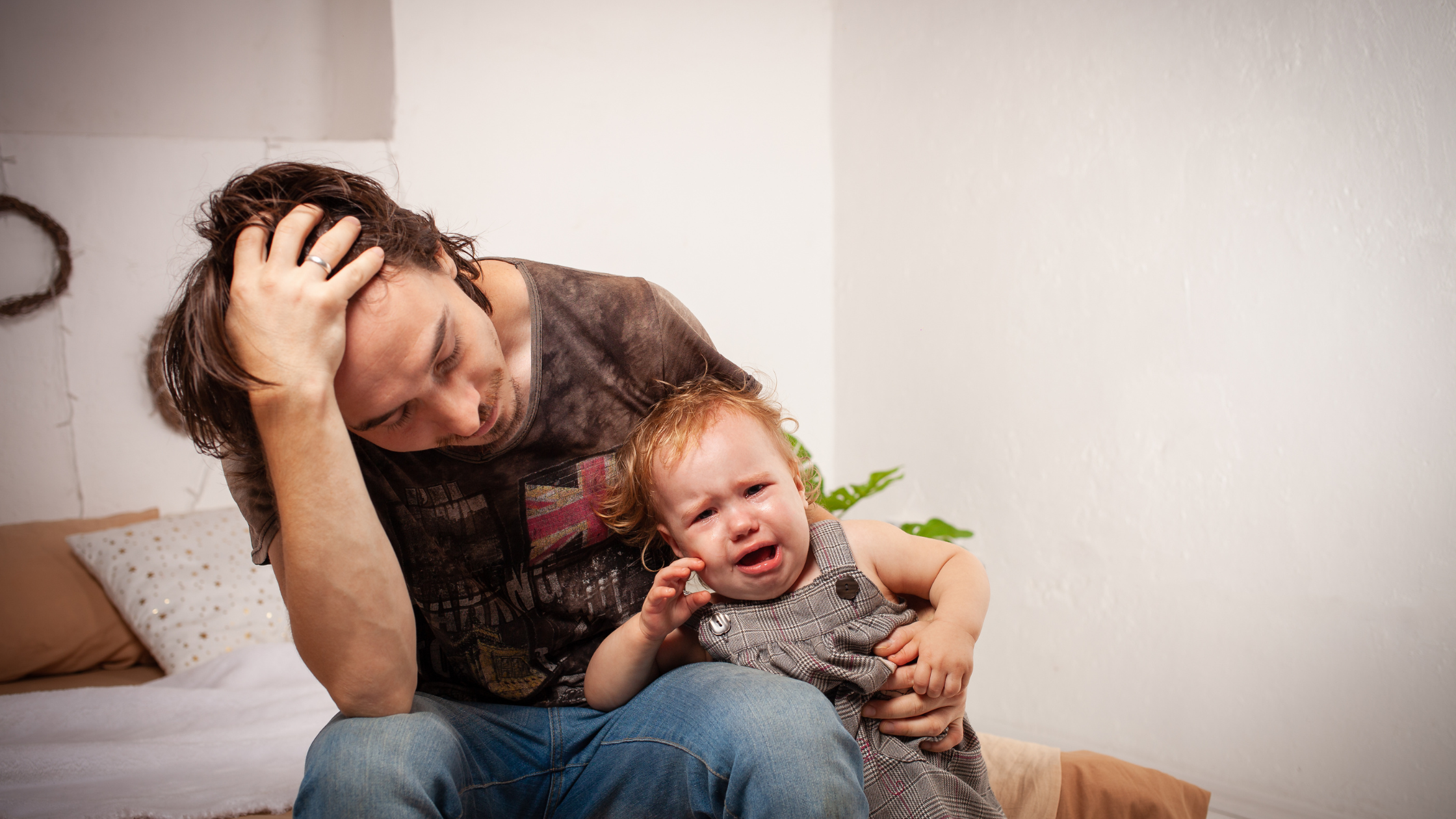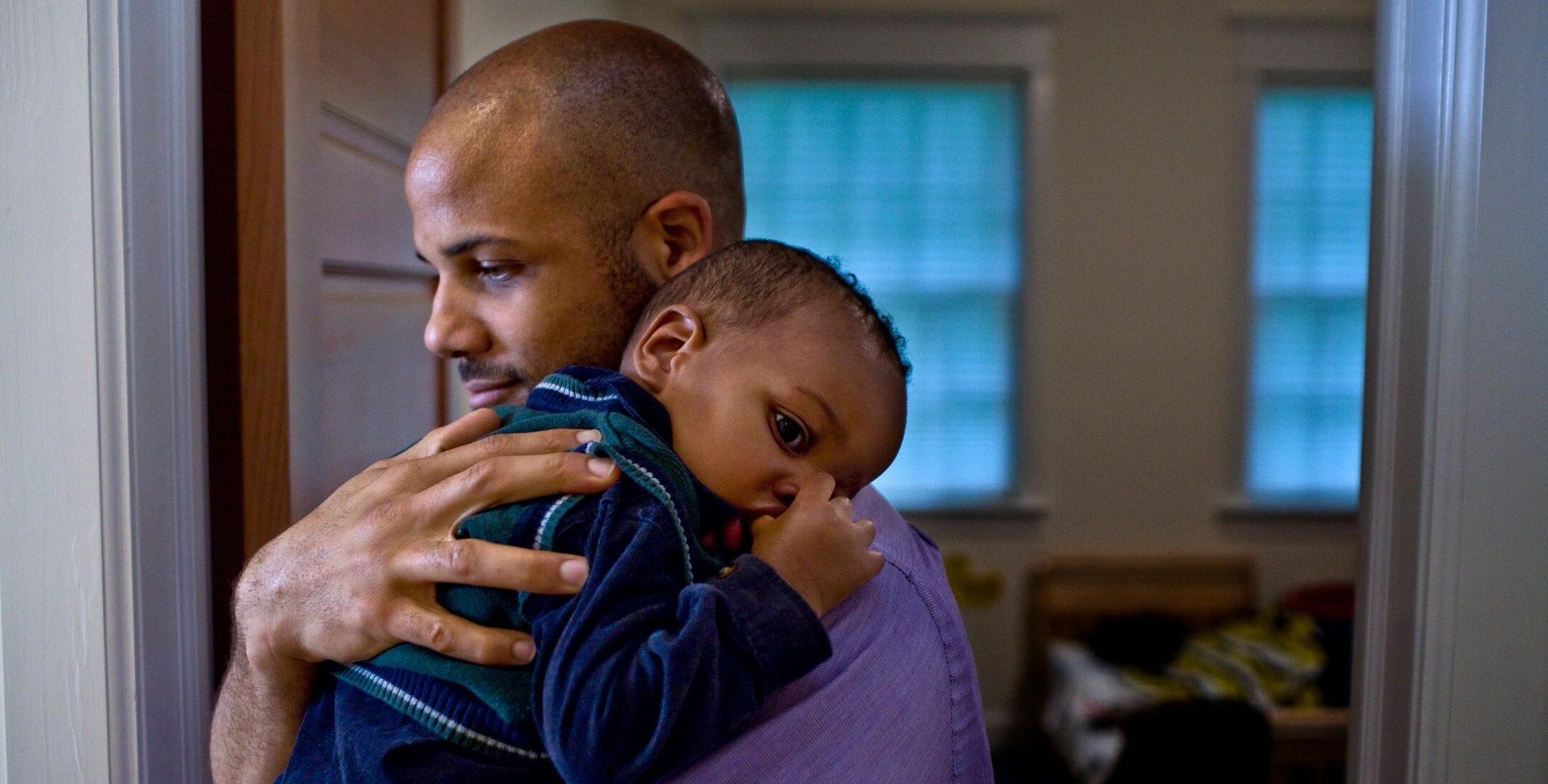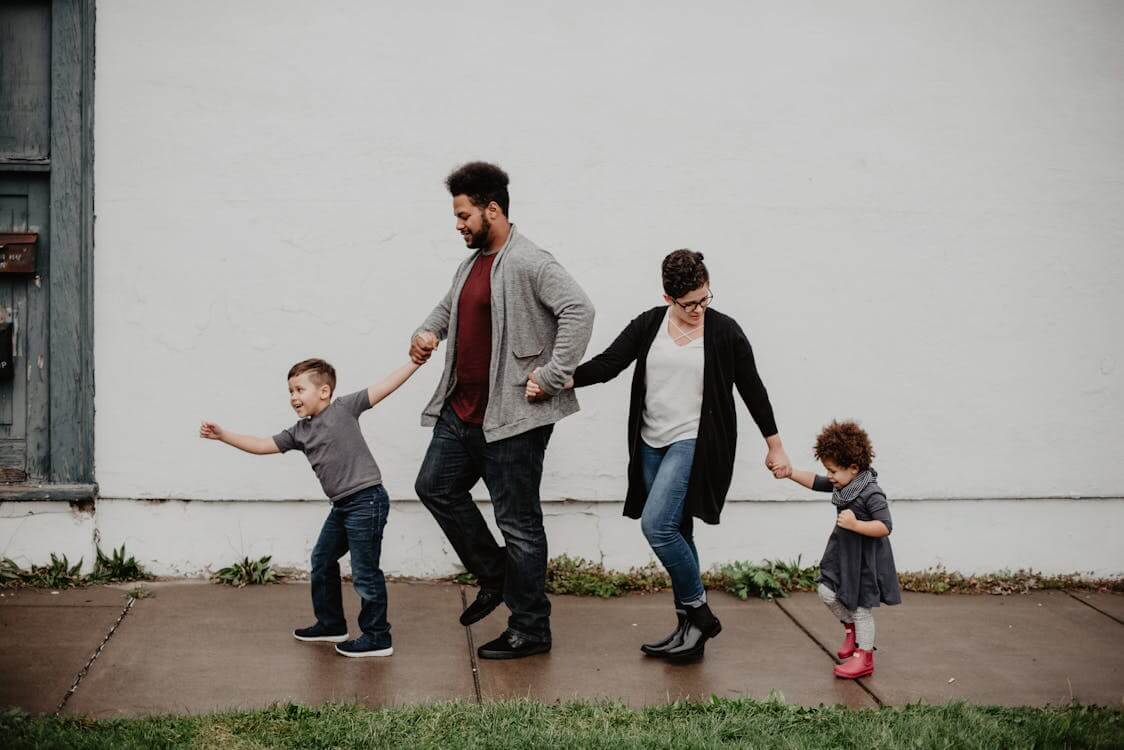Teenagers are wired for risk. This isn’t an accident— it’s a necessary stage of development, rooted in physiology and psychology. The adolescent brain isn’t broken; it’s undergoing an essential transformation that prepares teens to step away from childhood and into independence.
In a world that often pathologizes natural and necessary teen behavior, risk-taking is treated as something to suppress rather than understand and guide. Healthy risk-taking is key for confidence and resilience. Without intentional guidance, however, risk can be dangerous.
Why Do Teens Take Risks?
Adolescent risk-taking isn’t about defiance, it’s about discovery, development and differentiation. Teens aren’t just impulsive; they’re seeking respect, status and purpose. These aren’t flaws; they are ancient developmental drives. When adults only see risk-taking as defiance, they miss the deeper need driving it. At the center of this is brain development: The prefrontal cortex (responsible for reasoning, decision-making, planning and impulse control) is still developing into the mid to late 20s. The limbic system (responsible for emotions, pleasure and reward) is very active and sensitive during adolescence. This means that teens feel emotions and rewards more intensely than adults, but their ability to assess long-term consequences is still maturing.
Risk is how teens learn, grow and find their place in the world. With proactive measure to both protect and prepare teens, they can thrive.
The Difference Between Healthy & Destructive Risks
The question isn’t whether teens will take risks, their brains are wired for it. The question is what kind of risks they will take and what kind of influence do you want to have. A teen who has structure, guidance and opportunities for positive risk-taking will lean into their passions: sports, adventure, entrepreneurship, public speaking, creative projects, leadership roles and mastering new skills. A teen who lacks these outlets or feels unseen, unheard or unguided may turn to substances, reckless behavior or dangerous social dynamics to meet the same needs. It’s not about eliminating risks, it’s about offering better options.
How Parents Can Support Healthy Risk-Taking
Acknowledge Their Need for Autonomy. The more you try to control everything, the more likely they are to push back in unhealthy and out of balanced ways. Instead, create space for choice and invite them into problem-solving rather than dictating every step.
Provide Exciting, Meaningful and Healthy Alternatives. Sports, travel, adventure, entrepreneurship, building something, mastering a skill— these all meet the need for novelty and challenge in a way that builds self-worth.
Talk About Real Risks, Not Just Rules. Instead of forbidding things, discuss the realities—what actually happens when someone drives under the influence, gets into a bad relationship or follows a crowd into something they don’t want to do. Give them the full picture and acknowledge the nuance and ways to navigate it. Teens need both protection and preparation, with a proactive parental approach, rather than a reactive one.
Model Healthy Decision-Making. If teens see adults engaging in reactive, impulsive or unbalanced behavior, they will absorb it. If they see adults navigating risk and responsibility with awareness and clarity, they might be more likely to do the same.
Make Home a Safe Place for Discussion. If every risk, mistake or challenge results in yelling, punishment or shame, teens will start hiding their choices instead of learning from them with your guidance. Disconnection will grow when connection is needed most. Be someone who they want to mimic and mirror. Model what you wish to see and remain influential. If they can’t come to you, they will go to someone else, and not everyone shares your family’s values.
Sleep is Essential. Teens need more sleep than adults. Often their schedules force them into chronic sleep deprivation. Overall brain development is impacted by sleep, as is mood, metabolism, memory ,motivation, emotional regulation, hormones, impulse control, resilience and immune function. Advocate for their rest, later start times at school and less, little or no homework. Prioritizing sleep is not about laziness, it’s about giving their developing brains and bodies what they need. We would never deprive a baby of much needed sleep for an important developmental stage, so why do we ignore this when it comes to teens?
The Real Issue: A World That Doesn’t Honor This Stage
Teenagers are in one of the most dynamic, courageous and creative phases of life. The real issue isn’t their risk-taking, it’s that we live in a world that doesn’t honor this stage. It can be dismissed, minimized or hijacked. If they don’t find healthy and authentic adventures, they may search for unhealthy and inauthentic substitutes.
It is unnatural to sit inside all day, learning irrelevant or inaccurate information. What is natural is mastering their gifts, stepping into young adulthood and embracing their path, perspective and purpose.
Balanced, healthy teens don’t often fall into despair and self-destruction. If these are the fruits, we must examine the roots. What is failing them? Is it a lack of purpose, meaningful challenge, connection, belonging or mentorship? The problem isn’t risk, it’s the absence of environments that channel risk into magic and growth.
A Story About Healthy Risk-Taking
Imagine a 15-year-old who loves skateboarding and is constantly getting into trouble for sneaking out, ignoring curfews and pushing boundaries. Now imagine his parents shifting their approach. Instead of cracking down on rules, they help him find a skateboarding competition to train for. Over time, his energy shifted from reckless behavior to a focused passion, where he still experienced thrill and risk, but in a way that built his confidence.
You can’t eliminate risk-taking in teenagers, it is natural and by design, and unique to each teen. What you can do is guide it, shape it and create an environment where their risks lead to growth. Here in Maui, I love witnessing teens scale waterfall rocks with their parents, splashing them as they navigate the natural pools together, or a parent and teen surfing early in the morning. They want to play, and often with you. Enjoy them, now. Enjoy life together, now.
A teen who never takes risks is a teen who may never learn life skills, how to build confidence or discover their most authentic dreams. A teen who has a safe, supportive and age appropriate environment for exploration and challenge is a teen who enters adulthood with more strength and self-awareness.
Risk is not the problem—lack of guidance, connection and opportunity is. Be the solution.
About the Author:
Kirsten Cobabe, former therapist turned coach, teen whisperer and artist, specializes in supporting families navigate the waves of adolescence. For over two decades, she has guided parents in learning how to listen to, and talk with, their teens. She engages parents in personal reflection, embracing their evolving role, understanding the teen brain and restoring harmony in the home. In recognizing this unique stage of development, her hope is to bridge the widening gap between parents and their children, creating conscious, stronger bonds. Through compassionate guidance, intentional strategies and tailored techniques, Kirsten empowers families to pilot these pivotal years with deeper awareness. Her work is not just about addressing immediate concerns, but about lighting the path to a more empowered future, ensuring that today’s challenges become the foundation for tomorrow’s brighter relationships. Kirsten works with parents, teens and the entire family constellation with a holistic lens, starting with what is already working while looking to the roots to better understand the fruits.














